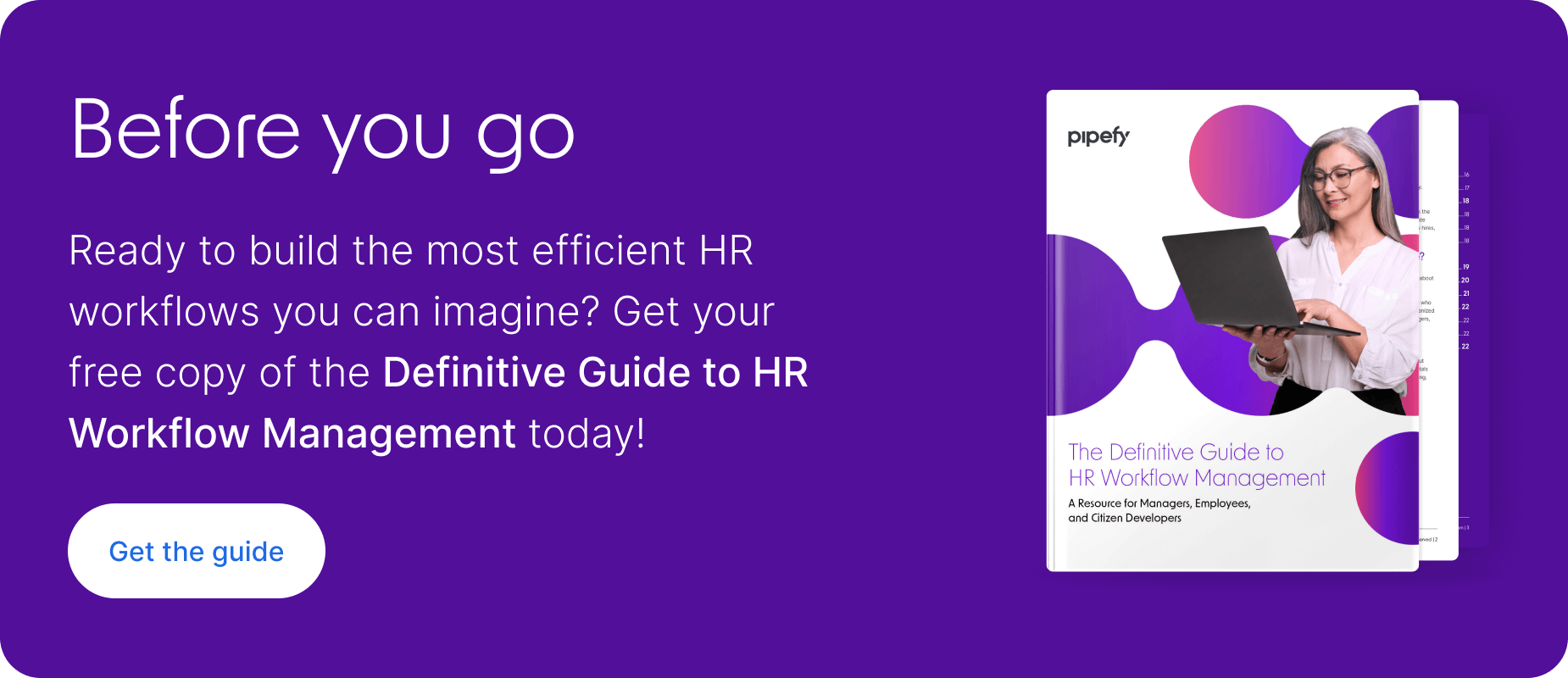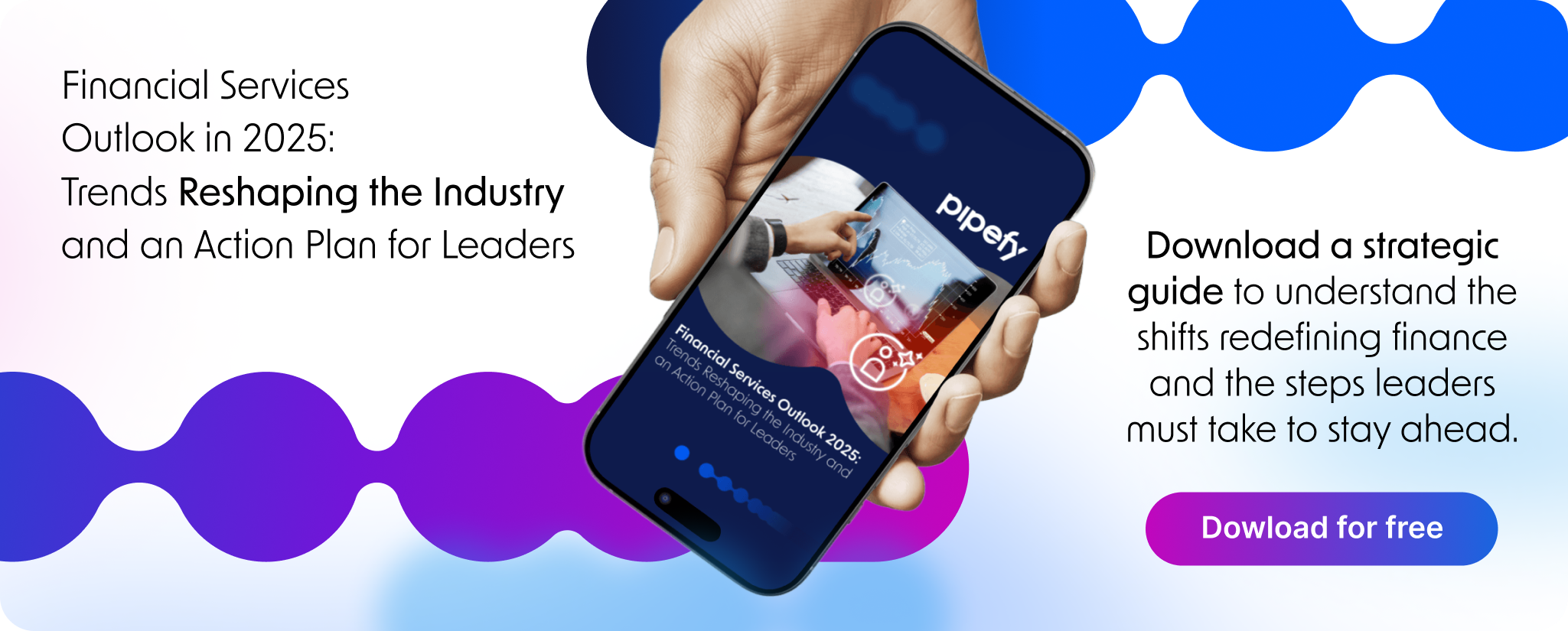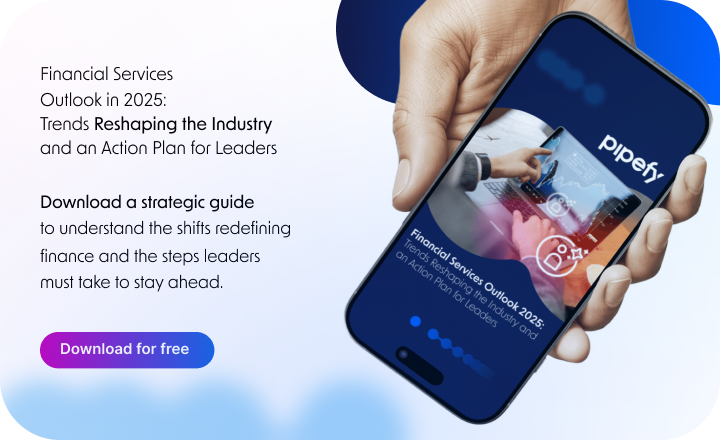
The global pandemic that began in 2020 radically changed the way employees work. As a result, businesses began reevaluating and looking for ways to improve their processes. For HR, this meant bringing processes into better alignment with shifting business strategies and changing employee needs.
In 2021, Gartner reported that the transition to remote work greatly shifted HR priorities from improving individual employee performance to realigning HR processes. Now in 2023, many businesses have largely adapted to a reality in which a large portion of their employees work remotely, but efforts to improve HR processes continue.
Cultivate better employee experiences with the Field Guide to HR Workflow Management
The importance of HR process improvement
HR processes are essential for ensuring that employees succeed in their jobs, and in creating great employee experiences that help the business achieve its goals. Each HR process follows a specific sequence of steps and actions that deliver the intended results. But when these sequences lack structure, clarity, or consistency, the results may miss the mark.
When HR processes fail to deliver the right outcomes, there are repercussions throughout the organization. Voluntary attrition may increase, the company may struggle to fill key positions, and employees may underperform. All of these make it difficult for the business to achieve its goals.
HR process improvement is about creating efficient processes that maximize productivity, retention and engagement. Just as importantly, it’s about making sure employees are able to do their jobs in a healthy, satisfying way.
Challenges in HR process improvement
HR process improvement is necessary, but that doesn’t mean it will be easy. Major challenges HR managers face include resistance to change, the need to maintain regulatory compliance, and ensuring data security.
Resistance to change
Employees may resist process changes if they don’t understand or disagree with them. This usually occurs when there’s a lack of communication regarding the reason for changes, how changes will be rolled out, or how changes may affect employees.
If the change requires employees to learn new skills or become familiar with a new app or system, they may not be as willing to adapt to the new technology as fast as managers would like.
Regulations
Regulatory requirements can also present a hurdle. Regulations themselves have been impacted by the pandemic, and even when there isn’t a global pandemic, new requirements are introduced from time to time.
This sometimes means that HR processes must be altered to accommodate these changes. Otherwise teams risk falling out of compliance. For example, the recently enacted Families First Coronavirus Response Act (FFRA) creates additional state and federal requirements that impact HR-related functions such as collecting payroll taxes and handling wage garnishments.
Security requirements
Another key challenge to improving HR processes relates to data security. HR collects and processes the personal data of many people, including current and former employees, consultants, contractors and job applicants.
This data often includes personal, medical, and financial information, all of which are protected by security requirements that are often encoded in law. For example, the General Data Protection Regulation (GDPR) in the European Union (EU) places significant restrictions on how organizations can store, process and share personal information.
Maintaining legal compliance, as well as enforcing internal data governance requirements, can mean more work for HR teams as they work to improve their processes.
Benefits of HR process improvement
Like any type of process, HR processes benefit from regular evaluation and optimization. By improving HR processes, teams ensure that each process is working effectively and efficiently, and that it is helping the business achieve its broader strategic goals.
Some examples of the benefits of improving HR processes include:
- Fewer errors
- Less manual work
- Less duplicate data entry
- Faster response times to employee requests
- More face time with candidates and employees
- Deeper visibility into data and better decision-making
- Better adherence to compliance and governance requirements
Candidate HR processes for improvement
Every process is a candidate for improvement at some point. For HR teams, improving processes regularly can make a huge difference in employee and candidate experiences, as well as productivity. Some of the HR processes with the greatest room for improvement include:
- Recruitment
- Onboarding
- Offboarding
- Benefits administration
- Payroll and compensation
- Training and development
- Performance management
- Employee data management
- Employee engagement and retention
- Employee communication and feedback
How to improve your HR processes
Improving HR processes takes time and effort, but a well-defined framework can make it easier to optimize any type of process of workflow.
Here are the steps for building better HR processes.
1. Map the current HR processes
Map out the current process from beginning to end. Identify the starting point or trigger, then define the outcome. Any action or activity that takes place between the beginning and end of the process should be noted. Be sure to identify all handoffs between people, systems, or apps.
Once you have a map of the as-is version of the process, you can begin to assess its effectiveness and efficiency.
Learn more about process mapping.
2. Identify process bottlenecks
Most HR processes involve a complex array of people, systems, and apps. Each one of these touch points presents an opportunity for a bottleneck, or a place in the process where work piles up and gets delayed.
Examples of common bottlenecks include employee requests that arrive through multiple channels, handoffs between team members that aren’t executed well, data silos, and instances where bandwidth is exceeded.
One of the fastest ways to identify HR bottlenecks is to implement a tool that incorporates AI in business process management. Artificial intelligence can quickly evaluate processes to find areas where requests or work items are getting stuck or slowed down.
3. Get feedback from employees
Asking employees for their feedback can provide crucial insights that can help optimize HR processes. That means both HR team members and other employees who depend on these processes to manage things like PTO requests and payroll or information updates. But it can also mean asking employees about their onboarding experience or processes related to professional development.
4. Automate whenever possible
Many problems with HR processes stem from too much manual work and duplicate data entry. Both of these problems can be solved with HR automation. This includes common tasks such as approvals, status updates, data entry, notifications, and communication.
5. Create a culture of continuous improvement
HR team members are in a unique position to reinforce a company culture of continuous improvement due to their centralized nature within the organization. They repeatedly perform many tasks every day, making it essential to ensure they do so with the intent of improving the process each time. In this way, HR can serve as a launch pad for changing company culture throughout the organization.
HR process improvement examples
Employee onboarding
The onboarding process sets the stage for an employee’s experience — and their performance. If a new hire has to endure an onboarding process that’s disorganized, fragmented, or characterized by mistakes or delays, they’ll get the impression that your organization isn’t prepared for them.
That means it’s essential that the onboarding process stay optimized. Improving it requires careful planning and constant evaluation, usually by soliciting feedback from new hires that have just completed their onboarding. Common complaints include excessive paperwork, confusing onboarding schedules, and a lack of visibility about how the process will unfold.
Many of these issues can be addressed through automation, which can cut down on the amount of paperwork (or data entry) and send notifications and reminders about upcoming onboarding sessions.
Providing an overview and timeline of the onboarding process can also go a long way toward improving the employee experience, since new hires will feel less apprehensive about what to expect in their first days with the company.
Request management
HR teams deal with a lot of employee requests. These include requests for time off, equipment, salary adjustments, and personal information updated, just to name a few. How well these requests are managed has a direct impact on the efficiency of the HR team and the employee experience.
These requests can arrive through a variety of channels such as email, online forms, or messaging apps. Unless incoming requests are consolidated into a single source, however, it’s easy for them to get lost in the shuffle or delayed indefinitely, which frustrates employees who need help.
In other cases, requests arrive with missing or incomplete information. This leads to additional work for the HR team and increases the processing time. It may also lead to costly (or embarrassing) mistakes.
Optimizing the employee request management process usually starts with centralizing data and creating a standardized request form. By centralizing requests, HR teams have more visibility and control over incoming requests. Standardizing the request form ensures that incoming requests include all necessary information, which eliminates the need for additional follow up.
Other ways to improve the request management process is to automate approvals and provide requestors with a way of checking the status of their requests.
Pipefy for HR process improvement
Process improvement is a necessary part of an HR team’s work. As the business, people, and culture change, processes must evolve along with them. Otherwise, it may become more difficult to attract and retain talent, or for the business to meet its goals.
Pipefy is an easy-to-use process management tool that HR teams can use to build, automate, monitor, and optimize all of their processes and workflows.
Pipefy helps teams reduce processing times, track key metrics, and resolve data and collaboration silos. All of which lead to better processes and improve employee experiences.










